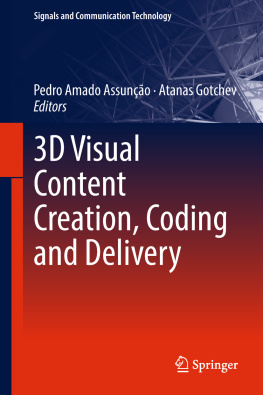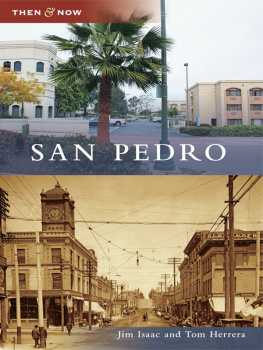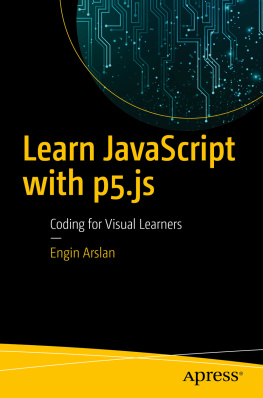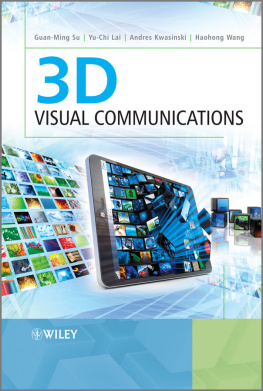Pedro Amado Assunção - 3D Visual Content Creation, Coding and Delivery
Here you can read online Pedro Amado Assunção - 3D Visual Content Creation, Coding and Delivery full text of the book (entire story) in english for free. Download pdf and epub, get meaning, cover and reviews about this ebook. publisher: Springer International Publishing, genre: Computer. Description of the work, (preface) as well as reviews are available. Best literature library LitArk.com created for fans of good reading and offers a wide selection of genres:
Romance novel
Science fiction
Adventure
Detective
Science
History
Home and family
Prose
Art
Politics
Computer
Non-fiction
Religion
Business
Children
Humor
Choose a favorite category and find really read worthwhile books. Enjoy immersion in the world of imagination, feel the emotions of the characters or learn something new for yourself, make an fascinating discovery.
- Book:3D Visual Content Creation, Coding and Delivery
- Author:
- Publisher:Springer International Publishing
- Genre:
- Rating:5 / 5
- Favourites:Add to favourites
- Your mark:
- 100
- 1
- 2
- 3
- 4
- 5
3D Visual Content Creation, Coding and Delivery: summary, description and annotation
We offer to read an annotation, description, summary or preface (depends on what the author of the book "3D Visual Content Creation, Coding and Delivery" wrote himself). If you haven't found the necessary information about the book — write in the comments, we will try to find it.
3D Visual Content Creation, Coding and Delivery — read online for free the complete book (whole text) full work
Below is the text of the book, divided by pages. System saving the place of the last page read, allows you to conveniently read the book "3D Visual Content Creation, Coding and Delivery" online for free, without having to search again every time where you left off. Put a bookmark, and you can go to the page where you finished reading at any time.
Font size:
Interval:
Bookmark:
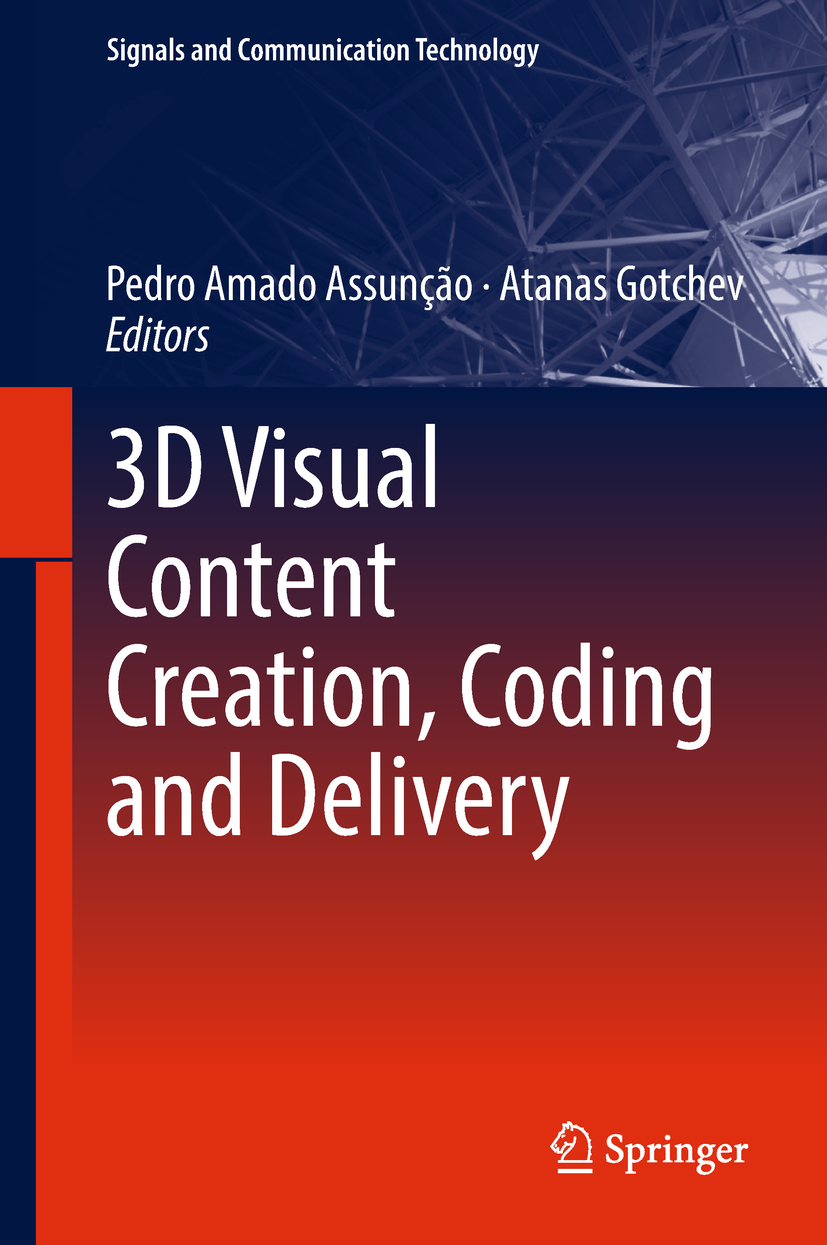
More information about this series at http://www.springer.com/series/4748

This Springer imprint is published by the registered company Springer Nature Switzerland AG
The registered company address is: Gewerbestrasse 11, 6330 Cham, Switzerland
Three-dimensional (3D) audiovisual content is nowadays the driving force of many multimedia applications and services as well as development of different support technologies. The recent evolution of 3D media technologies has been quite diverse and progressing in different directions, not only enhancing existing technology but also developing and pushing forward new and richer content-driven applications. The main goals of using 3D multimedia have been maintained over the years as the ability to provide users with perceptual elements (mostly audiovisual) capable of providing an immersion feeling of being part of the scene, interacting and perceiving the 3D nature of the real physical environments conveyed by 3D content. More recently, the search for better technology, more pleasant user experiences and growing consumer markets have been driving a lot of research projects and new results with high potential impact in future evolution of 3D multimedia services and applications.
While immersive multimedia systems have been attracting increasing attention from researchers, industry and consumer market, many technological challenges remain associated with the huge amount of data that has to be dealt with at all stages of delivery systems. Evolution in this field has been essentially accomplished through expansion of audiovisual acquisition and rendering from single to many (virtually infinite) spatial locations, which requires audiovisual scene representations through acoustic wave fields and light fields, rather than single audio and video capturing the scene from a single spatial location. In this context, the ultimate goal of 3D multimedia technologies is to bring higher realism in the visual scenes being communicated and to provide the user with more creative tools for interacting with the visual content. Correspondingly, the interest in 3D technologies has been ever strong caused by their potential to enrich the human perception and support the development of novel applications and services in areas such as entertainment, 3DTV, games, medical and scientific visualization. Subsequently, the advances in 3D multimedia technologies open new market opportunities and enhance the user experience. Many research projects have aimed at developing future 3D technologies and reaching the next frontiers. As exciting as the novel results could be, they are always only the current state of the art and a starting point to go beyond.
This book presents recent developments in the field of 3D visual communications, departing from current technologies and analyzing their evolution to reveal the constraints that still limit the ultimate 3D user experience.
Multi-view video and light field representations are characteristic of the current trends in 3D visual technologies, and thus, they are addressed first in order to establish the fundamentals for representing the latest developments in efficient coding and delivery methods and tools. The aim to capture high-quality 3D visual content faces the need to process high amount of captured data. This, subsequently, calls for new efficient representations and effective coding tools. In this context, the book describes advances in multi-view video coding, including both standard-compliant techniques and non-standard ones, dense multi-view and depth-based coding.
Font size:
Interval:
Bookmark:
Similar books «3D Visual Content Creation, Coding and Delivery»
Look at similar books to 3D Visual Content Creation, Coding and Delivery. We have selected literature similar in name and meaning in the hope of providing readers with more options to find new, interesting, not yet read works.
Discussion, reviews of the book 3D Visual Content Creation, Coding and Delivery and just readers' own opinions. Leave your comments, write what you think about the work, its meaning or the main characters. Specify what exactly you liked and what you didn't like, and why you think so.

